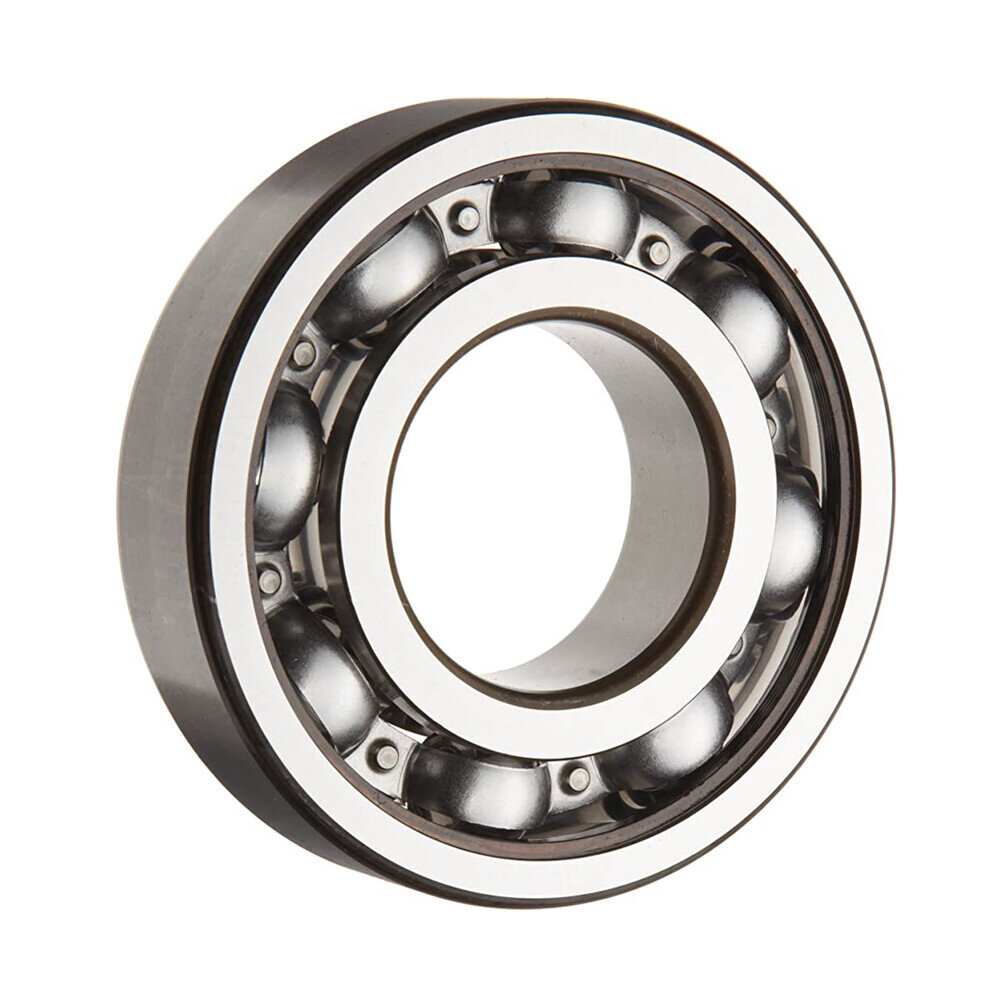Detailed Size Chart for Self-Aligning Ball Bearings
Detailed Size Chart for Self-Aligning Ball Bearings
Blog Article
Detailed Size Chart for Self-Aligning Ball Bearings
Self-aligning ball bearing size chart are essential components in various equipment and machinery, known for their capacity to withstand misalignments and reduce friction. These bearings are particularly useful in situations where shafts might be misaligned due to assembly mistakes or the operation of. Knowing what dimensions, specifications and features of auto-aligning ball bearings are essential to select the correct bearing for your needs. This guide gives a thorough outline of the most important dimensions and specifications that you need to consider.

Dimensions and Basic Specifications
Self-aligning ball bearings can be found in different sizes and specifications, each suited to specific applications. The primary dimensions to consider include the bore diameter, outer diameter and width. These dimensions are usually stated in millimeters and are fundamental in determining the compatibility of the bearing with the machine you are using it.
The Bore Diameter (d): This is the inner diameter of the bearing, which is slid on the shaft. Bore diameters can range from as little as 10 mm up to 100 mm, depending on the bearing size. Accurate measurement of the bore diameter is vital for ensuring a perfect fit and avoid problems such as excessive play or shaft misalignment.
Outside Diameter (D) Outer Diameter (D): The external diameter is the total diameter of the bearing, which determines its placement into the housing or support structure. It is crucial for ensuring that the bearing will fit within the designated space. The outer diameter can be varied in the range of 30 millimeters to 150 millimeters or more.
Width (B) The width of the bearing is the distance between its inner and outer rings. This dimension affects the bearing's load-carrying capacity and overall stability. Widths are usually available in a range of sizes that can be used to meet the different requirements of load and space limitations.
Load Ratings and Material Specifications
When selecting self-aligning ball bearings load ratings are a further important aspect to consider. Bearings are subject to various types of loads, including both axial and radial loads. Self-aligning ball bearings have been designed to withstand radial loads as well as moderate the axial load across both direction. The load ratings, defined as static and dynamic load ratings, indicate the capacity of the bearing to endure these forces without premature failure.
Dynamic Load Rating (C) C): This rating represents the bearing's ability to manage radial loads in operation. It is typically expressed in Kilonewtons (kN) and reflects the performance of the bearing under normal operating conditions.
Static Load Rating (C0): This rating is a measure of the bearing's ability to withstand static loads with no excessive deformation. This rating is essential for applications where the bearing may be subjected to excessive loads even while stationary.
Materials used in self-aligning balls bearings, like ceramic or steel, contribute to their durability and performance. The best bearings typically use materials that provide enhanced durability and resistance to corrosion and wear.
Design Variations and Features
Self-aligning ball bearings are available in various design configurations, including open, shielded, and sealed types. Open bearings permit direct cooling and lubrication, however, they require maintenance on a regular basis. Shielded bearings on the other hand, come with metal shields to guard against contaminants while reducing the requirement for frequent maintenance and lubrication. Sealed bearings come with rubber seals that provide the best level of protection against dust and moisture which makes them suitable for difficult environments.

Conclusion
The best self-aligning ball bearing is about knowing the essential dimension and specification, including the bore's diameter and diameter as well as its outer, width, and loads. When you consider these aspects as well as the variations in material and design it is possible to select the right bearing to ensure optimal performance and longevity for the specific purpose you are using it in. Whether for industrial machinery or for consumer products, accurate selection of the right bearing is crucial to achieving reliable and efficient operation. Report this page